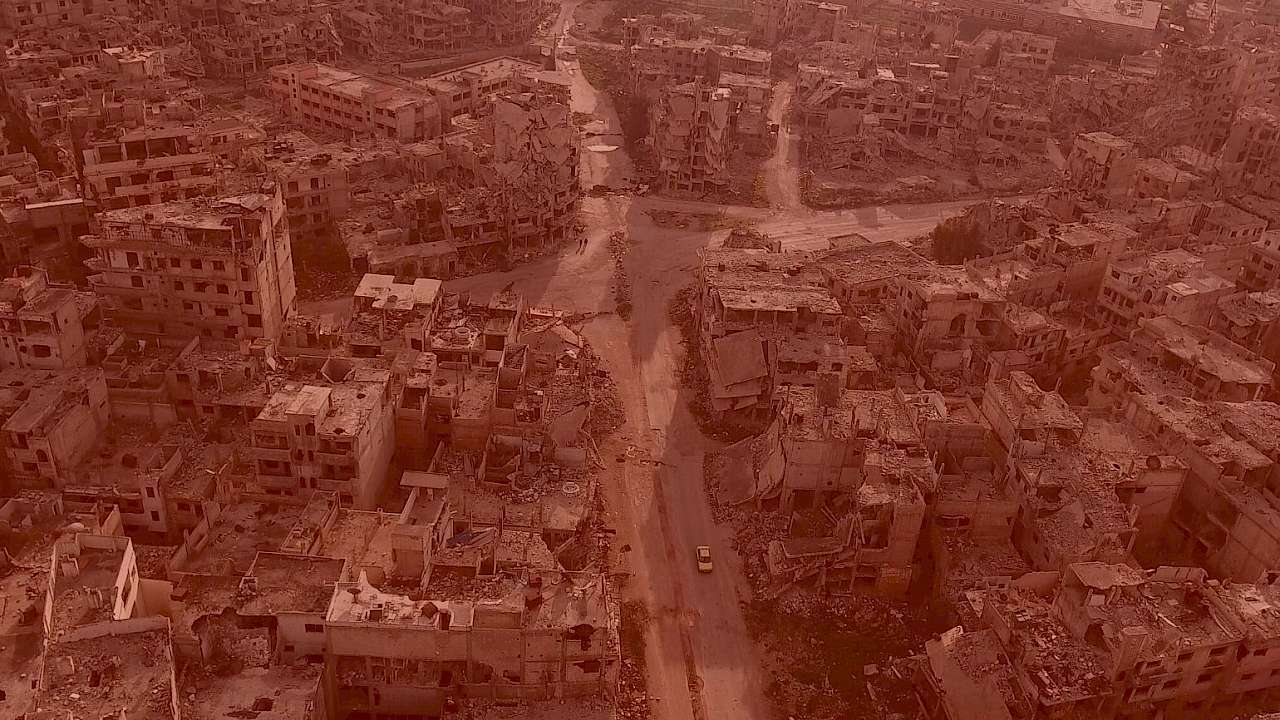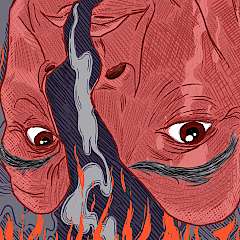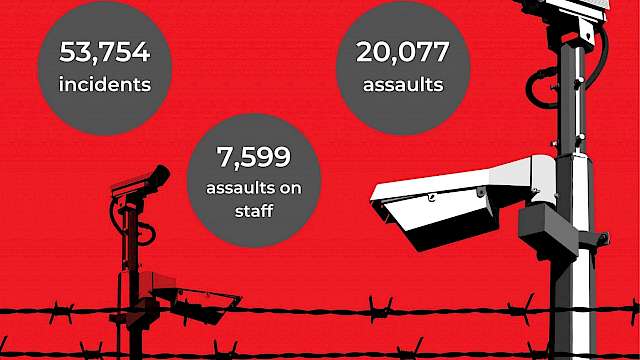Since 2019, I have been involved in programs to support pioneering efforts to return people to Central Asia who have been captured or demobilised in the Syrian conflict. I’ve had the opportunity to work with practitioners and to interview returnees and demobilised families in Turkey who did not return home. As we would expect after an intense conflict, many suffer from significant trauma.
What happened in Central Asia, and what can the rest of the world learn from it?
The newly independent states of former Soviet Central Asia were among the leading overall and per-capita contributors to foreign fighter flows to the Syrian conflict, though in an anomalous way: most were women and children who accompanied male recruits at a rate of up to 5:1. The region has become the world leader in repatriation of those citizens, with over 1500, mostly women and children, returned from the camps in northern Syria. Most of them have re-integrated successfully.
The literature has long established that there is no single individual pathway into violent extremism, and the domestic circumstances in each country vary in important ways that influence those pathways. However, for women who were involved in the conflict, a pattern emerges: many experienced significant trauma, including gendered and/or sexual violence, before they ever left. Their experiences can offer clues to mobilisation and key needs for rehabilitation.
...a pattern emerges: many experienced significant trauma, including gendered and/or sexual violence, before they ever left.
Trauma in complex cases
In December 2021 a team of researchers and specialists conducted group interviews as part of our evaluation for women who had been deemed ‘complex cases’. Though they had returned up to two years prior, reintegration was not going smoothly; they struggled to connect with employment, children were having difficulty in schools, they were not connected to a positive community network that could support them. On a single day two women voiced suicidal ideation during their interviews; one said “it would have been better if a bomb had fallen on us and my children and I had been killed in Syria.”
As more of their stories unfolded, a pattern emerged not just of the everyday violence of war or losing husbands and children in the conflict, but that included severe sexual violence that occurred long before leaving their home community.
One woman recounted getting married young, moving in with her husband’s family and being raped repeatedly by her father-in-law. Unable to afford housing on their own or to return to her birth family because of stigma, the only exit was to migrate to Russia. A similar pattern emerges across cases and countries – young women abused by fathers and stepfathers lured by the promise of real love and meaning, coercive and controlling relationships, and gendered violence.
This is not to say that trauma experienced before leaving for Syria was a primary causal factor, nor that all women who left were tricked, coerced, or lacked their own agency.
For some, joining what they saw as a ‘higher cause’ in Syria was a way of taking agency they didn’t get at home, and others participated in abuse, exploitation or violence in the conflict that they remain legally or morally responsible for no matter what trauma they had suffered on the way there. But successful rehabilitation will have to take these circumstances into account, especially for those for whom the trauma they have suffered becomes so severe that it leads to failure to reintegrate or even to self-harm or suicide.
Even when a program is carefully designed, some experiences show trauma is not limited to what returnees experience before or during their time in Syria and Iraq. A 17-year-old girl who returned as a minor after almost all of her life in Turkey and Iraq was resettled under the care of an aunt she had never met; the aunt failed to intervene when an older man who claimed to have married her under false pretences locked her in an apartment for days at a time before she eventually escaped to a women’s shelter. Tragedies like these highlight the need to carefully evaluate the community situations returnees re-enter and provide resources to monitor and support.
Violent Extremism (VE) mobilisation is about so much more than just ideology. Preventing or disrupting it requires taking that into account.
Conclusions
Early evidence from Central Asia suggest that traumas experienced by women and children returning from Syria before, during, and after the conflict must be addressed to support successful re-integration. The frequency with which trauma experienced before mobilisation helped to shape their paths to Syria show that programs that are modelled on reintegration to home communities need to take community-level factors into account.
- Violent Extremism (VE) mobilisation is about so much more than just ideology. Preventing or disrupting it requires taking that into account. We think of VE as ideology focused, but that can cause us to miss other underlying factors that may make a person vulnerable to a relationship or a group that exercises coercive control, offers a completely new identity or promises a utopia on earth and a path to heaven in exchange for following rigid codes of conduct.
- Re-integration and rehabilitation need to evaluate the health and needs of the whole person. Trauma experienced both before and during the conflict can be difficult to assess, especially for staff without training in somatic presentation of trauma and unfamiliar with diagnostic tools for traumatic stress. Evaluations need to take into account both physical problems and mental health.
- Returning people to their home communities is key to successful re-integration, but only if those communities are healthy and supportive. Returning people to their home communities is in many cases an option that has a great deal of evidence behind it for those who have families eagerly awaiting their return and happy to support them; for other things are more complicated. Failure to thrive in those circumstances, or specific trauma they experienced, may have been contributing factors to the chain of events that pushed them out of those home communities in the first place.
Noah Tucker has worked in counter-terrorism and development approaches to preventing violent extremism in Central Asia since 2008. He is an associate at the George Washington University Central Asia Program and a PhD student at the University of St Andrews.
Read more
Heidi, B. E., Cardeli, E., Bloom, M., Brahmbhatt, Z., and Weine, S. (2020). Understanding the Needs of Children Returning from Formerly ISIS-Controlled Territories through an Emotional Security Theory Lens: Implications for Practice. Child Abuse & Neglect, 109: 104754–104754. https://tinyurl.com/2p89ds9p
Heidi, B. E., Sideridis, G., Miller, A. B., Abdi, S. M., and Winer, J. P., (2021). Trauma, Trust in Government, and Social Connection: How Social Context Shapes Attitudes Related to the Use of Ideologically or Politically Motivated Violence. Studies in Conflict &Terrorism 44, no. 12: 1050–67. https://tinyurl.com/yck24rte
Tucker, Noah (2015). Central Asian Involvement in the Conflict in Syria and Iraq: Drivers and Responses. USAID. https://tinyurl.com/t6c57rpy
Weine, S., Brahmbhatt, Z., Cardeli, E., and Ellis, H. (2020). Rapid Review to Inform the Rehabilitation and Reintegration of Child Returnees from the Islamic State. Annals of Global Health 86, no. 1: 1–15. https://tinyurl.com/bdvwuu6x
Weine, S., Eisenman, D. P., Kinsler, J., Glik, G. C., and Polutnik, C. (2016). Addressing Violent Extremism as Public Health Policy and Practice. 9, no. 3: 208–21. https://tinyurl.com/3m5jaerj
Weine, S., Erez, E., and Polutnik, C. (2019). Transnational Crimes among Somali-Americans: Convergences of Radicalization and Trafficking. NCJRS. https://tinyurl.com/2wm4uvwu
Copyright Information
As part of CREST’s commitment to open access research, this text is available under a Creative Commons BY-NC-SA 4.0 licence. Please refer to our Copyright page for full details.
IMAGE CREDITS: Homs, Syria | shutterstock.com







